
The panel of experts address the economic burden of vitiligo from payer and provider perspectives.

The panel of experts address the economic burden of vitiligo from payer and provider perspectives.

Paul Sapia, MHA, acknowledges the underdiagnosis in CKD and explains how payers can incentivize screening going forward.

Dr Rajiv Agarwal explains the screening process for patients with CKD, including those who are asymptomatic.

Experts discuss improving outcomes for patients with heart failure through appropriate and timely switches to ARN inhibitors.

The panel explores clinical evaluations, such as the PROVE-HF study and PARADIGM-HF trial.
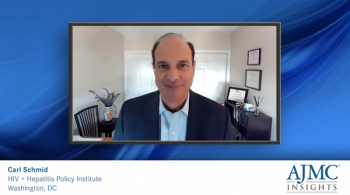
Frank J. Palella Jr, MD, and Carl Schmid continue the discussion of patient selection for long-acting injectable PrEP and its cost effectiveness in comparison with other PrEP modalities.
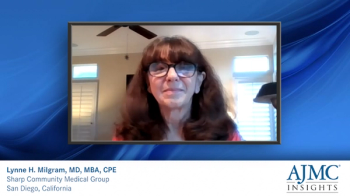
Dr Lynne H. Milgram starts the conversation on choosing the right candidate for long-acting injectable PrEP, as well as how findings show it is cost effective.

Dr Dunn leads a discussion outlining frontline therapies for the treatment of vitiligo.

Comorbidities and disease states associated with vitiligo are explored by a panel of key opinion leaders.

Jeffrey Feldman, MD, details the clinical burden of CKD management, and Bertram Pitt, MD, discusses the impact CKD can have on patients at risk for cardiovascular disease.

David Epstein, MD, MBA, an independent consultant, gives an overview of payer considerations surrounding vitiligo.

Vitiligo’s effects on clinical burden and patient quality of life are addressed by Brett King, MD, PhD, and David Rosmarin, MD.
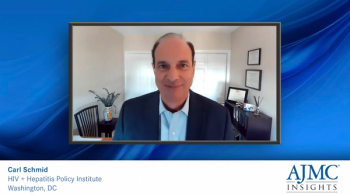
A clinician, advocate, and payer provide their expert knowledge on the multiple modalities of PrEP therapy and how some can be more beneficial than others.
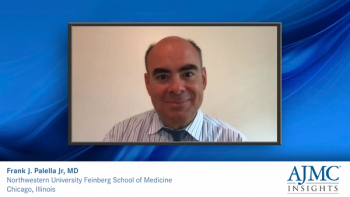
Frank J. Palella, Jr discusses cabotegravir, a recently approved injectable PrEP medication, that was test in the HTPN 083 and -084 trials.

Jaime Murillo, MD, shares insight on the significance of early use of American College of Cardiology treatment guidelines to manage total cost of care for patients with heart failure.

Rohit Uppal, MD, MBA, SFH, outlines unique treatment strategies for various ejection fraction types in the presence of comorbidities.

Drs Feldman and Agarwal consider the health disparities commonly seen with patients that have CKD and their impact in the treatment landscape.

Paul Sapia, MHA, focuses on the gaps in care that are seen within CKD treatment.

Drs Kaddis and Alboustani conclude with their thoughts on contracting considerations for branded Humira in 2023, as well as what impact an interchangeable biosimilar could have in the future.
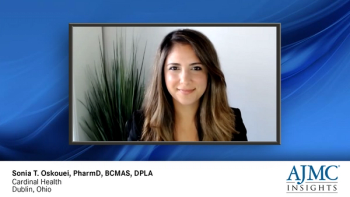
Dr Oskouei explains the indications for adalimumab and the impact of their extrapolation, as well as differences among adalimumab products.

An expert authority explains the treatment selection process for a patient, as well as the different ways to administer PrEP.
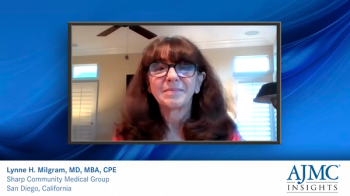
Lynne H. Milgram, MD, MBA, CPE, iterates the importance of PrEP as an HIV prevention tactic and how walk away and fill rates are evaluated.

Dr Januzzi analyzes preventive approaches for patients with pre-heart failure, including comorbidity considerations and preliminary testing.

David Rosmarin, MD, discusses the prevalence and incidence of vitiligo across a diverse patient population.

A panel of experts open a discussion surrounding vitiligo, including the definition and nature of the disease.

Edward Arrowsmith, MD, concludes with his thoughts on developing therapies and how they are implemented into clinical pathways for NSCLC treatment.

Dr Arrowsmith discusses the role immune checkpoint inhibitors play in NSCLC therapy, both as monotherapy and in combination therapy.

Dr Feldman describes the populations that are most at risk of developing CKD.

Jeffrey Feldman, MD, and Rajiv Agarwal, MD, MS, provide an overview of chronic kidney disease (CKD) and its prevalence.

259 Prospect Plains Rd, Bldg H
Cranbury, NJ 08512
© 2025 MJH Life Sciences®
All rights reserved.
